The complexity of genetics and cancer.
"Because genes give rise to proteins that serve as cellular building blocks, signals and regulators of other genes, a mutation that disables one gene, or causes it to be overactive can have multiple deranging effects on the cell." 1
Scientists have observed that
"When cells need to make a given protein, they transcribe the DNA of its gene into RNA, the single-stranded counterpart of DNA, and then use special enzymes 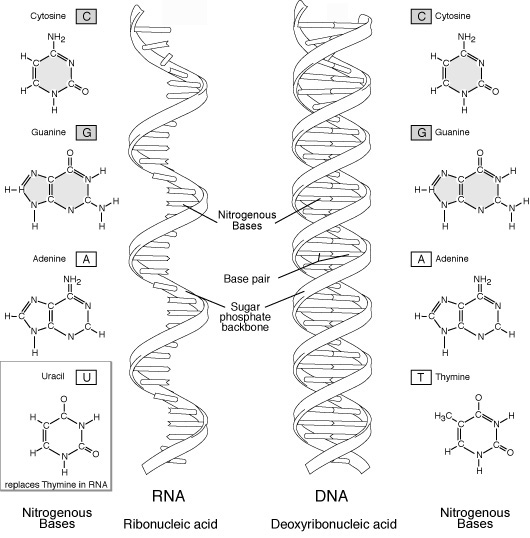 to replace certain RNA building blocks (called nucleotides) with other ones. RNA editing is essential to many species, including us – the unedited RNA molecules produce proteins that do not work."
to replace certain RNA building blocks (called nucleotides) with other ones. RNA editing is essential to many species, including us – the unedited RNA molecules produce proteins that do not work."
"But there is also something decidedly odd about it. Why don't we just have genes with the correct original sequence, making RNA editing unnecessary?" 2
"Changes in the structure or activity of genes underlie the malignant behavior of cancer cells."
"…Cancer is caused primarily by mutations in specific genes. The damage can be incurred through exposure to toxins or radiation, by faulty DNA repair processes or by errors that occur when DNA is copied prior to cell division. In relatively rare cases, a cancer predisposing mutation is carried within a gene variant inherited from one's ancestors."
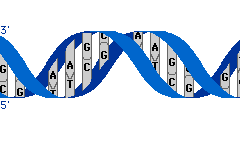
Whatever their origin, these mutations disrupt biological pathways in ways that result in uncontrolled cell replication, or growth. . . ."
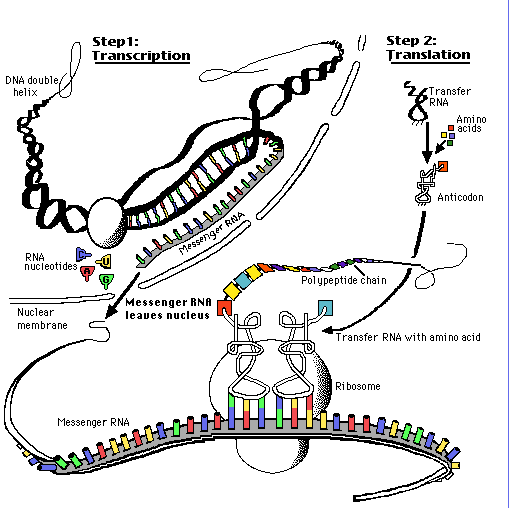
This approach has identified 350 cancer related genes and yielded many significant insights into this diabolical disease. . . . But no one imagines that it is a complete list."
"The Human Genome Project laid a solid foundation for the TCGA [base-pair sequence code] by creating a standardized reference sequence of the three billion DNA base pairs of the normal human tissues." |
|
"At the start of that project in 1990, for example, the cost of DNA sequencing was more than $10 per 'finished' nucleotide base. Today the cost is less than a penny per base and is expected to drop still further with the emergence of innovative sequencing methods." "Piles of data are, of course, not worth much without evidence that comprehensive knowledge of cancer's molecular origins can actually make a difference in the care of people." |
|
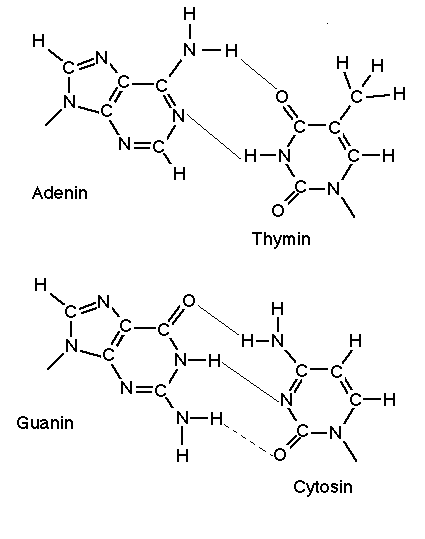 |
|
molecules in base pairs |
|
"But the group hit pay dirt a year later when they found that a gene called B-RAF was mutated in about 70 percent of the malignant melanoma cases they examined. . . . a protein called MEK that is overproduced as a result of B-RAF mutations."
The Role of mutagens:
Gordon Edlin, an authority on human genetics writes, “Since the development of the Ames test and other biological tests to measuring the mutagenic potency of chemicals, it has become increasingly evident that we live in an environment full of mutagens." # 3.
![]()
Several genetic factors in cancer are:
1). transcription (RNA from DNA) failures or error
2). duplication (DNA replicates)
3). in enzyme manufacture (shut down cell division, repair DNA sequences, triggers)
4). oncogenes -- cancer causing viruses, P-53 gene, src or “sark” gene when expressed
5). retroviruses (RNA takes over nuclear DNA)
Genes allow us, and all organisms, to adapt to a range of conditions to which we may readily respond. They create an opportunity, but do not –except in rare cases– compel us, exalt us, or doom us to some awful end purpose.
![]()
Dawkins | Keller | Lewontin | Margulis | Steingraber | Thomas | Watson | Wilson | X chromosome
| Understanding biological change requires stereoscopic vision. | ||
| One lens |  |
The Other lens |
| Genetics | ||
| Ecology | ||
 |
||
| Binocular vision is based on two complementary lenses. | ||
![]()
1.Scientific American, Collins & Barker, "Mapping the Cancer Genome," March 2007, pp. 50-57.
Adapted from “The Hallmarks of Cancer,” by Douglas Hanahan and Robert A. Weinberg, in Cell, Vol. 100; January 7, 2000.
2. Scientific America. August 2013, pp. 84-89.
Note: Carl Zimmer, "The Surprising Origins of Life's Complexity," Scientific America. August 2013, p. 89.
3. Gordon Edlin, Human Genetics, (Boston: Jones & Bartlett Publishers, 1990), pp.188, 189, 199, 202.
mutagen, an agent that causes disruption, or damage to DNA or RNA; causing genetic mutations such as radiation exposure or a volatile chemical compound such as mercury.
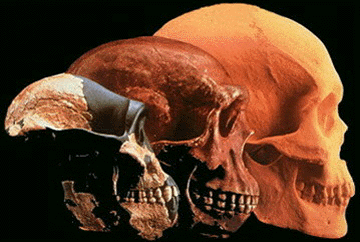 evidence for evolution:
evidence for evolution:Beyond the Data -- Multi-Drug Resistant Tuberculosis; MDRTB
"500,000 cases arise per year."
www.youtube.com
Dr. John Iskander and Dr. Sarita Shah discuss the public health burden of multidrug-resistant tuberculosis (MDR TB) and the new tools that are available
![]()
Genetics Index | What makes genetics significant? | History of Genetics | DNA discovery | RNA | Resistance| | Visual images